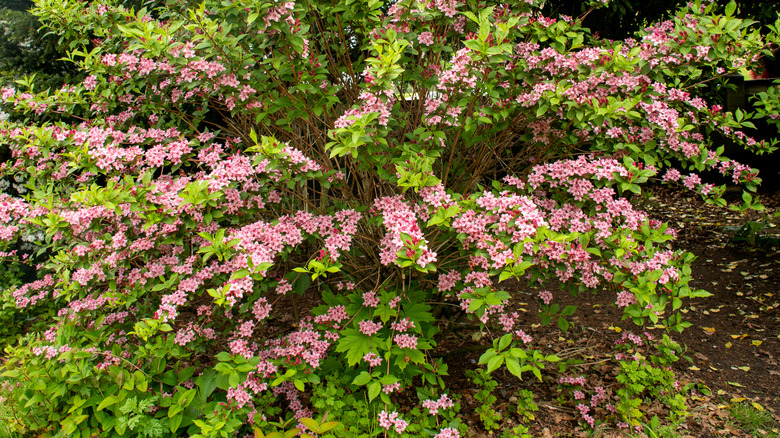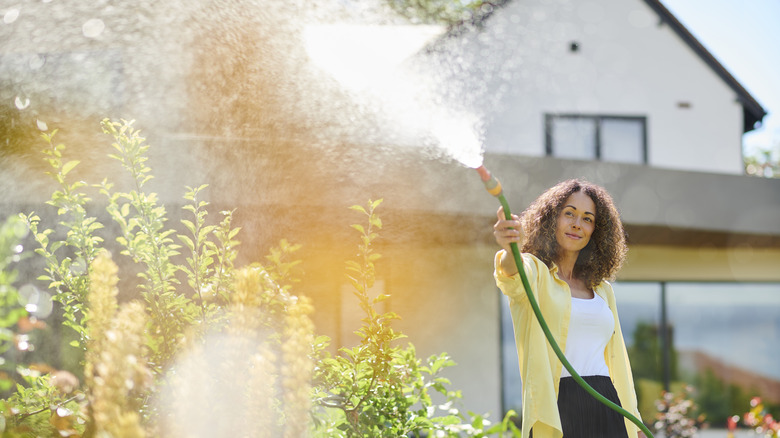Garden Trees, Shrubs & Vines
Katie Francis
Weigela plants are commonly used as ornamental shrubbery because they are hardy, beautiful plants that need little attention throughout the year. In the fall and winter, these plants are dormant. But when the warmth of spring and summer rolls around, vibrant green leaves accompanied by blooming, beautiful flowers appear, bringing new life to any landscape. That being said, it can be alarming to look out at your weigela in the middle of spring to find that its leaves and flowers are browning. Dehydration is the sole culprit for brown leaves in warm months, making the problem easy to identify, treat, and correct for the remainder of the blooming season.
It is important to note that browning is only cause for concern during the active months of a weigela plant’s annual life cycle. The perennial is deciduous, meaning it sheds its leaves each year, making wilting part of its natural process as the weather gets cooler.
Identifying the problem

Dipakkumar Talati/Getty Images
The best thing a gardener can do for their plants is to keep a close eye on them. If you find a problem early on, you have a much better chance of correcting it. This goes for dehydrated weigela plants as well. Monitor the leaves and soil of your weigela throughout the spring and summer while the plant is growing. Signs of dehydration include wilting leaves and dry, cracked soil. Leaves appear yellow in the early stages of wilting, making this subtle color change an early indicator of a huge problem. If not treated, these leaves turn brown, dry up, and fall off.
Touching your soil is a good way to gauge its water retention and how much water is available to your weigela at any given time. Put your finger two inches into the dirt and feel if it’s moist. If it’s not, it’s time for a deep watering. If you’re unsure or think you have a black thumb, you can also get a soil moisture reader that will tell you how dry the soil is.
Treating and correcting the problem

Sturti/Getty Images
Despite being relatively low-maintenance ornamental shrubbery, weigela plants do have water and sunlight preferences. For instance, they thrive in full sunlight but can tolerate partial shade. Weigelas typically do not need to be watered once they are established and rely on the consistency of rainfall for saturation. However, weeks without rainfall accompanied by full sunlight can be detrimental to a weigela’s health. Fortunately, it is easy to correct this problem. If you are in the midst of a drought, water your weigela every 10 days to keep the soil saturated. This will ensure that enough water is reaching the plant’s roots.
While weigelas planted in a landscape only need manual watering in extreme situations, potted shrubs should be watered once or twice a week. Again, monitor both the soil and environmental conditions to gauge how much or how little your plant needs at any given time.



